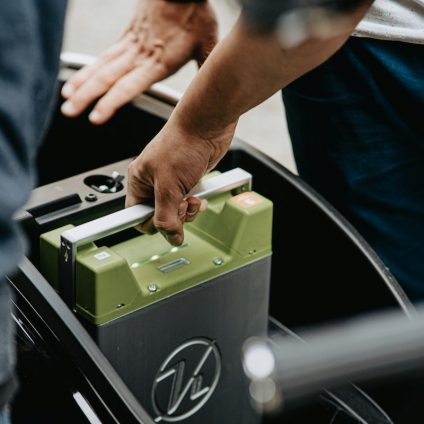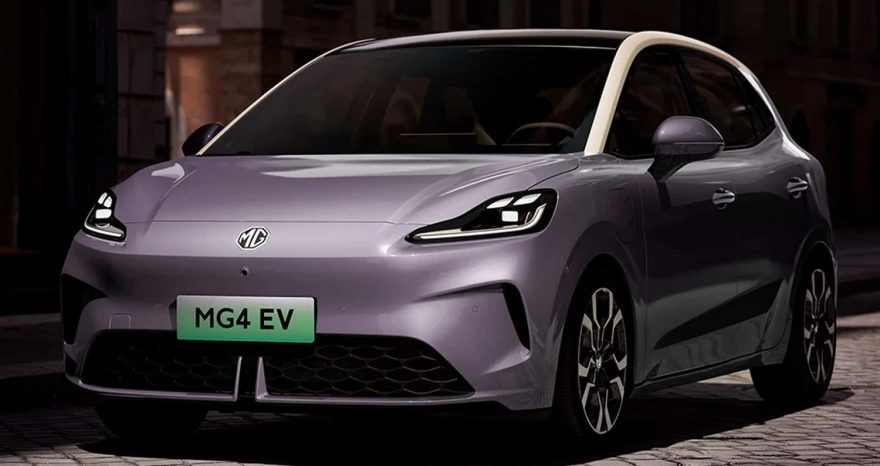Battery swap and renewables prove viable, with stations breaking even in 5 years and supplying up to 200 EV batteries daily from solar and wind

A South African study analyzes the economic viability of EV battery swap stations using solar and wind energy
Electric vehicle (EV) range remains one of the main challenges automakers face in advancing the transition to electric mobility. Ultra-fast charging stations, solid-state batteries, and on-the-road battery replacement, known as battery swap, are the three key areas where global research is focusing. The goal is to make the switch from combustion engines to battery electric vehicles (BEVs) smoother and more convenient.
In South Africa, researcher Lumbumba Taty-Etienne Nyamayoka from the University of the Witwatersrand conducted a study on the financial feasibility of battery swap systems powered entirely by solar and wind energy.
Expensive batteries limit battery swap expansion
EV batteries offer varying ranges depending on the model, cell capacity, and driving conditions. Charging times also vary, from several hours to under one hour.
Yet battery prices remain high. In South Africa, the focus of the study, costs range from $5,000 to $22,000. Although prices are slowly decreasing, the upfront investment needed to build and operate battery swap stations can be a barrier. These facilities must stock multiple battery types and conditions, so drivers can easily find a replacement compatible with their vehicle.
Battery swap stations powered by renewable energy
Unlike fast-charging systems that generate heat and stress the battery, swap stations recharge batteries slowly after removal, helping to extend their lifespan. According to the study, a renewable energy system with 64 wind turbines and 402 photovoltaic solar panels would be enough to power a mid-sized battery swap station. Such a station could manage between 50 and 200 battery exchanges per day.
Break-even point reached in five years
The analysis estimates the total cost of building a station at around $110,000, covering initial investment, installation, operation, and maintenance over a 20 to 25-year period. Based on expected usage, ranging from 50 to 200 daily swaps, the station could recoup the investment in five years. After that, it would begin generating profits through user fees and by feeding excess electricity back into the grid.
This business model could be applied in other regions, including Europe, where battery swap services are starting to gain traction.












